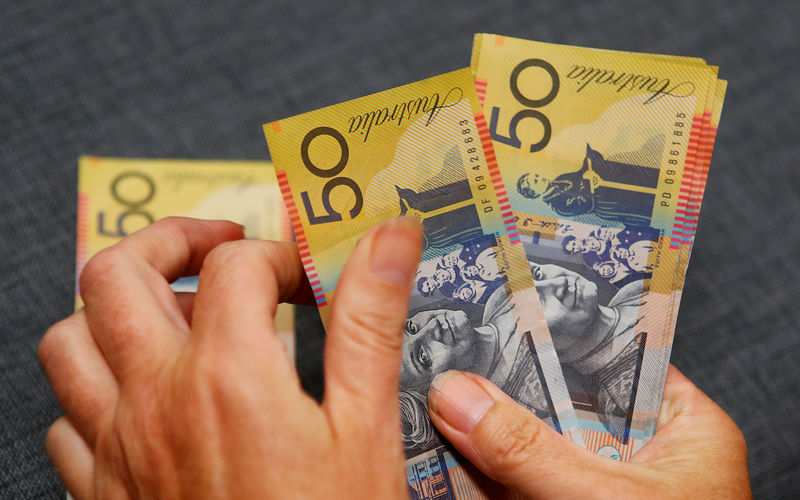On Wednesday, the Australian dollar (AUD) experienced a rally following the release of higher-than-anticipated inflation data. The core measures of inflation remained above 4%, while the year-on-year headline rate slowed to 3.6%. The first quarter's Consumer Price Index (CPI) showed a March reading of 3.5%, exceeding the consensus estimate of 3.4%.
Following the CPI announcement, Australia's two-year swap rate rose by approximately 15 basis points, reaching its highest level since November 2023 at 4.51%. The market's expectations for monetary policy have shifted, with the Overnight Index Swap (OIS) curve now indicating a reduced likelihood of an interest rate cut by the end of the year, leaving only 8 basis points of easing projected for the December meeting.
In a Wednesday note, ING analyst Francesco Pesole said that while the risks of another hike are not totally negligible, inflation figures were probably insufficient to warrant such a turnaround in policy.
"We think the Reserve Bank of Australia can achieve its inflation target without having to raise rates again, but may well need to digest some further bumps in inflation, which suggest further steps to the dovish side in communication will be taken with more caution," Pesole said.
The recent economic data has been favorable for the Australian dollar, which has surged past the 0.6500 mark. While the currency remains sensitive to shifts in market sentiment, the delayed expectations of policy easing and the ability to maintain support in a stable risk environment strengthen the AUD's position.
This article was generated with the support of AI and reviewed by an editor. For more information see our T&C.
